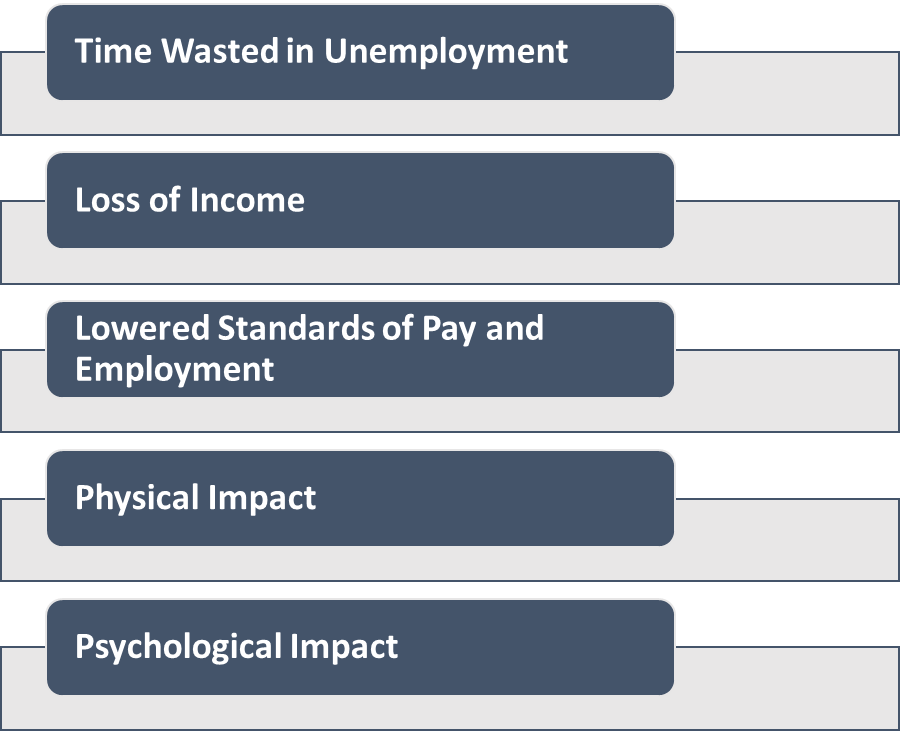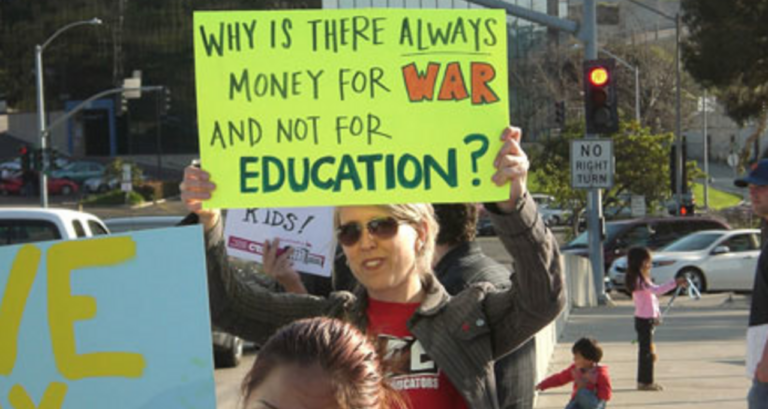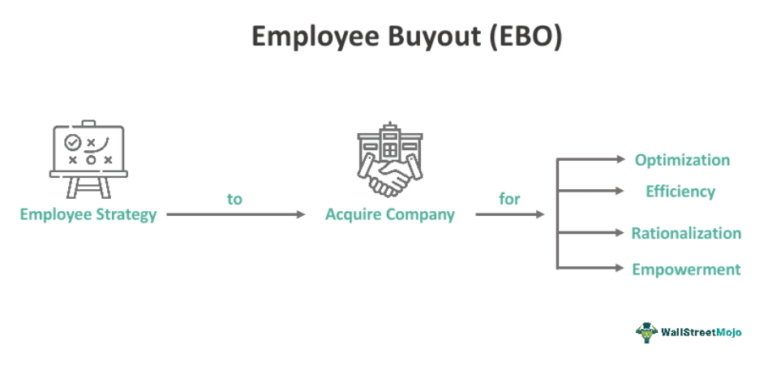
Audience
- Sentiment: Negative
- Political Group: Progressive
- Age Group: 25-40
- Gender: All
Overview
- Layoffs in the federal workforce are causing confusion, anger, and uncertainty among affected employees.
- The majority of job cuts are targeting probationary workers, leaving them vulnerable without proper job protections.
- Labor unions and advocacy groups are actively challenging the layoffs, citing broader implications on government functionality and public services.
Layoffs in the Federal Workforce: Understanding the Impact of Government Cuts
In a dramatic twist for federal employees across the United States, there is a storm brewing as layoffs by the government start to shake things up. Imagine waking up one morning and finding out that your job is gone—just like that. For many federal workers, this shocking reality is becoming all too familiar, fueling feelings of confusion, anger, and uncertainty.
Have you ever heard of Elon Musk? You might know him as the guy behind Tesla and SpaceX. Well, now he’s involved in reshaping how the government operates, particularly when it comes to how many employees work there. Under his direction, the Department of Government Efficiency has decided to go on a “slash and burn” mission to reduce the federal workforce. This means cutting jobs in a massive way, especially targeting those who are on probation, or temporary positions. This has led to countless abrupt termination notices that have left many in shock.
Who’s Getting Laid Off?
The layoffs affect thousands of federal employees, from researchers who work on critical projects to specialists providing necessary services. These aren’t just any jobs; many of these employees serve important roles that help our veterans, farmers, and other citizens who rely on federal assistance. Imagine if the researchers working to improve healthcare or the specialists in environmental protection suddenly disappeared. The impact could be massive and felt by everyday Americans.
One particularly worrying aspect of these layoffs is that they mainly target probationary workers. These are employees who are still in their trial phase and, importantly, don’t have the same protections as full-time civil servants. Because of that, they can be let go without much warning or reason. It’s like being in a competitive sports league—your team might not carry you once the season gets serious, and suddenly, you find yourself out of the game.
The Government’s Justification
The Office of Personnel Management (OPM) is the agency responsible for managing the federal workforce. Lately, they’ve needed to step in to clarify some things. They acknowledged that in this frenzy of layoffs, some termination notices may have been sent in error. Can you imagine the panic that must have caused?
OPM has tried to reassure affected employees that buyout agreements—financial incentives for leaving the job willingly—will still be honored. However, these assurances might ring hollow for those who have just found their careers hanging by a thread. When your whole future is suddenly in question, it’s hard to feel comforted by bureaucratic policies.
The Wider Implications of Layoffs
These layoffs are more than just a personal crisis for those affected. They raise a lot of important questions about the overall health and functionality of government services. The federal workforce plays a critical role in ensuring that projects are completed, laws are enforced, and services are delivered to the public. These cuts don’t just slice away at individual lives—they also threaten the larger fabric of the support systems that many of us rely on.
Take, for example, the impact on veterans. Many veterans depend on federal programs for healthcare, benefits, and services that help them transition back into civilian life. If the people managing these programs are let go, who will be there to help veterans when they need it the most? Similarly, farmers are impacted by federal legislation that supports their businesses and makes sure they can provide food for all of us. If specialists who handle agricultural programs are eliminated, what happens to the farmers and, ultimately, the food supply?
Public Response and Union Involvement
As you can imagine, these sudden changes have not gone unnoticed. Labor unions and advocacy groups have begun to actively challenge the decisions behind these layoffs. Why? Because they understand the broader implications. They’re stepping up, arguing that these layoffs not only harm individual workers but also have a detrimental effect on agency operations and general governmental functionality.
It’s kind of like teamwork; if one player on the basketball team has to sit out abruptly, the entire team suffers because they now have one less person contributing to the game’s strategy. The public service is much the same; each employee plays a role, and the loss of even one can create a ripple effect that reaches far and wide.
The Bigger Picture and Economic Turmoil
Experts are predicting that these layoffs could reflect in national employment figures as they add to the chaos in the job market. Unemployment numbers could rise, signaling trouble for the economy as a whole. When federal employees lose their jobs, they aren’t just saying goodbye to their paychecks; they’re also cutting back on spending. This can affect everything from small businesses to larger companies that produce goods and services.
It’s almost like a series of dominoes. You knock over one, and soon, the rest start to fall. The broader economy could be in for a shakier time if these layoffs continue without a plan for how to maintain essential services.
Moving Forward
So where do we go from here? The simplest answer is that there needs to be consideration of what these layoffs mean—for the employees, the agencies involved, and the general public. Finding a balance between efficiency and the essential functions that government serves is crucial.
Employers and policy-makers must be more transparent about what changes are being made and why. Is there a better way to make government more efficient without sacrificing essential services and support for citizens? As young adults about to step into the world, you have a stake in these discussions.
Conclusion: It’s Time to Speak Up
In tough times like these, it’s essential for everyone to engage in conversations about our workforce. As we navigate a changing job market, sharing opinions and perspectives can help shape how we move forward.
What do you think about these federal layoffs? Do you believe the government is making the right call, or are there better ways to create efficiency without disrupting so many lives? Share your thoughts in the comments below!





